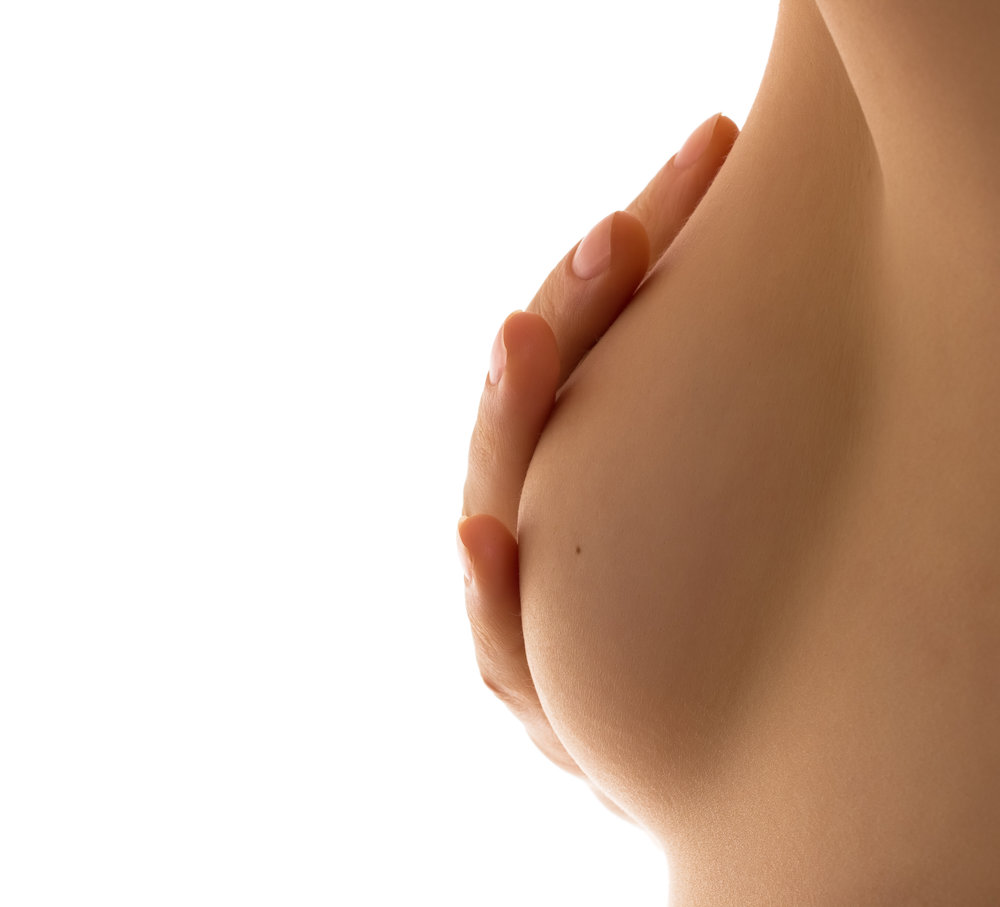Why Do Some Women Experience Months of Postop Pain After Cosmetic Breast Surgery, and Others Barely Any?
The answer is two-fold.
For one, everyone has a different pain tolerance and pain experience. This is something particular to you, and only you can gauge it, predict it, or report it to your surgeon. But the second part is about the surgery itself, and it can be controlled to a large degree.
Every tissue has a different sensitivity point. The skin on your hands is much more sensitive than the skin on your back for example. When it comes to surgery, muscle, fat, and skin are also very different in terms of what they can manage without making you miserable. If you’ve ever bruised a muscle you know that it hurts like crazy, and takes a long time to get better. The same is true if you operate on a muscle.
In breast surgery, the muscle is under the breast, not part of it. If you use the muscle, for example by lifting it to place an implant underneath, it will make you pay for that. If you burn it while performing a breast reduction, you will know it afterwards. In my practice, I try to avoid using or manipulating the muscle as much as possible. This translates into a shorter and less painful postoperative course, and way less pain medication on board (meaning fewer side effects of the pain medication).
A clear understanding of anatomy and a little extra care and time can mean a very big difference in the postoperative pain and the recovery timeline. For my patients, these issues are key, and often make or break having the procedure performed at all. These are the “extra” things I think about for my patients, and I am happy to tell you all about them.


